There is nowhere quite like the Skissernas Museum in Lund, southern Sweden, a collection which describes itself as being concerned with ‘artistic process and public art’. Put more simply, it is a museum of work in progress, of sketches, maquettes, models and archival material for the creation of major public art commissions, including those aborted or long since lost. Founded in 1934 by Ragnar Josephson, professor of art history at the University of Lund, it holds tens of thousands of items, by Swedish and international artists, and remains unique in pursuing Josephson’s single-minded objective – to catch, and celebrate, the making of public art as a phenomenon of its time. For all the differences between notions of what constituted public art in the early 20th century and the versions of patronage and realisable ideas in play a century later, it remains resonant and offers options ranging from artists in residence to the enormous ambitions of a Christo-wrapped landscape. The cumulative effect is extraordinary, art in flux in many instances, caught even while the eventual outcome remained uncertain and the thinking behind it was still developing.
In 1941 a former teacher training college on the university site was earmarked to house material ranging from postcards to full-size models, much of it donated by the artists. Over the decades the museum has expanded its collections and ambitions enormously, while remaining on the same site, set within a park and amid the pleasing urban landscape of the University of Lund. Successive directors have wrestled with the etymology of the continually renamed museum, which now rests content with Skissernas, Swedish for ‘sketches’, to reflect the notion of key, if fugitive, moments in an artist’s thinking. Early thoughts, incomplete renderings, failed attempts to please a patron – these are packed to the ceiling on the walls of the soaring galleries, like some Renaissance fine-art collection or Victorian mansion, shorn of elaborate frames or decorative features.
The galleries are immense, the first devoted to Swedish works, the next to artists from elsewhere, of which French names take the lion’s share. Fernand Léger, Jean Arp, Henry Moore and Sonia Delaunay rub shoulders, and a further gallery is devoted to material from Mexico and beyond, with Diego Rivera strongly represented. Throughout, the visitor is required to work a bit; sometimes to identify which items should be read as a sequence, such as Matisse’s scheme for the Chapelle du Rosaire at Vence, elsewhere to consider the fate of a building where a decorative panel, displayed here, might have been applied. Two sketches by Barbara Hepworth are a reminder of her Meridian bronze, which stood in front of the long-gone State House Holborn. (It now resides in the PepsiCo Sculpture Park in Purchase, NY.) The collection as a whole can be seen as a window thrown open on certain moments of national and regional ambition, a political litmus paper, in which artistic ambitions were both nurtured and dashed.
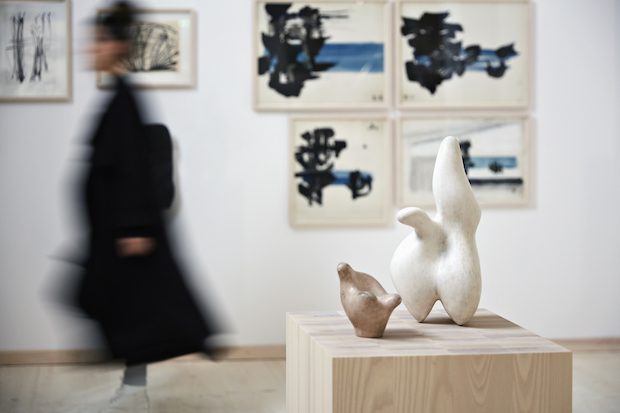
In the International Gallery, models by Jean Arp are displayed in front of sketches by Barbara Hepworth (to the left) for her Meridian sculpture, and by Pierre Soulages (to the right). Photo: Johan Persson
A challenge that confronts the museum in 2019 is the lack of connection between public art as currently perceived, whether street murals or graffiti, evanescent performance or video, and that of the mid 20th century and earlier, in which major state, institutional and municipal endeavours were frequently crowned by a large piece of statuary, mosaic or painting. Yet the clamour for the reinstatement of Eduardo Paolozzi’s murals at Tottenham Court Road attests to the significance such pieces have for the public. The recent proliferation of memorials in Britain, good, bad and indifferent art as they may be, also points to a perceived need for conventional, or conventional enough, markers of great events or key people. The maquettes and working sketches for a statue to commemorate Strindberg, currently displayed upstairs in the smaller galleries devoted to temporary exhibitions, can be helpfully set against a recent show at Firstsite Colchester, in which the process of Gillian Wearing’s design and making of her fine statue to Millicent Fawcett was shown.
The Skissernas Museum’s director Patrick Amsellem is keeping it on track with imagination and brio, gaining for his charge the Swedish Museum of the Year Award for 2019. In 2017 the Swedish architecture firm Elding Oscarson completed a light-filled sequence of introductory spaces, in the shape of a double-height entrance foyer and (discreet) shop, a restaurant and, beyond, the newly covered inner courtyard, the Birgit Rausing Hall, providing much-needed space for meetings and social events. The Corten-clad façade has a touch of Anthony Caro or Richard Serra about it. The new foyer, which generously and physically embraces its surroundings, the foliage and the brickwork of the neighbourhood visible through large irregular-size windows, seems emblematic of openness. A new programme of artists in residence underlines this sense of connection to the world beyond the museum walls; for this is not just a splendid cemetery filled with great artists’ work for major projects, as it must have once seemed, but a place that offers a perfect arena in which to consider and discuss the central place of art within society.
Unlimited access from just $16 every 3 months
Subscribe to get unlimited and exclusive access to the top art stories, interviews and exhibition reviews.

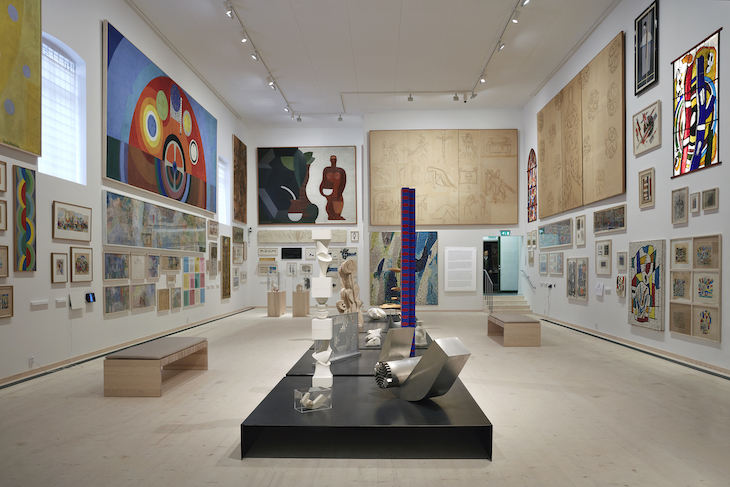
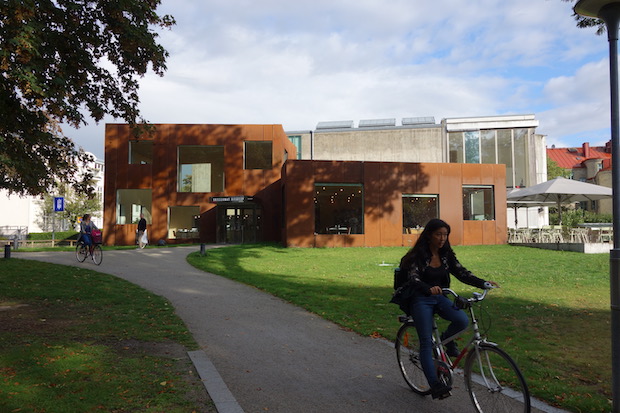

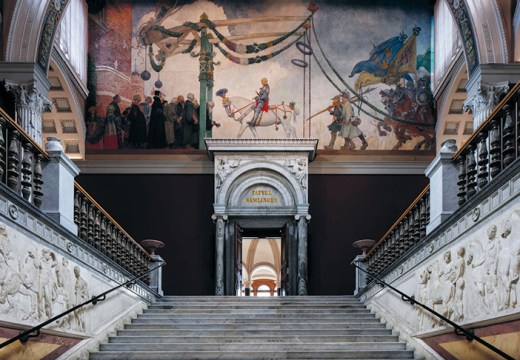
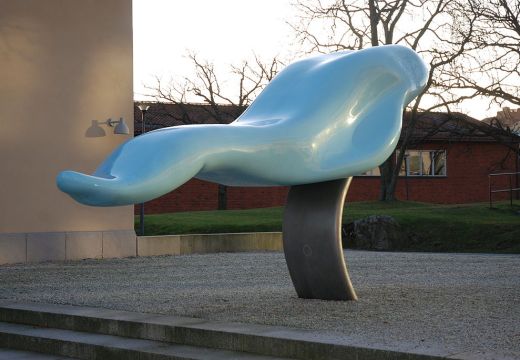
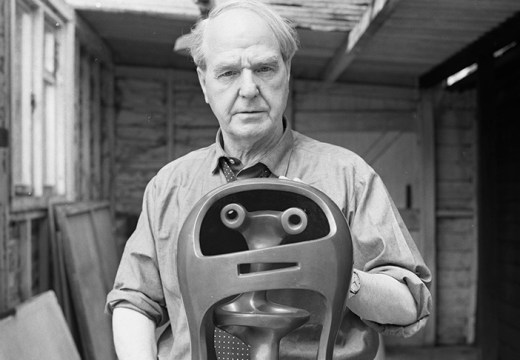









![Masterpiece [Re]discovery 2022. Photo: Ben Fisher Photography, courtesy of Masterpiece London](http://www.apollo-magazine.com/wp-content/uploads/2022/07/MPL2022_4263.jpg)
Why are fathers so absent from art history?